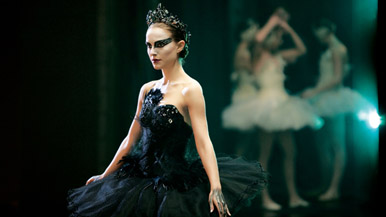|
|
What Went Right: Black SwanBy Shalimar SahotaJuly 27, 2012
It also found huge success overseas, notably in the UK, France, Germany and Japan, with the film earning over $20 million in each of those countries. Adding in an overseas gross of $222.4 million, Black Swan had managed to earn $329 million worldwide, making it one of Fox Searchlight’s highest grossing films. It is also Darren Aronofsky’s most successful film by a huge margin. So how did this happen? The first trailer for the film emerged over three months earlier in August. When Fox Searchlight uploaded it to YouTube it had received just over three million views within the space of 48 hours. The trailers, TV spots and posters all exude a sense of mystery and intrigue, enough to make you want to know what the hell is going on. Yet for some people, even after watching the film, they were still struggling to piece together what they had just seen. Black Swan is intricately designed and plays like a puzzle. Everything is deliberate as Aronofsky screws with his audience (he revealed that the faces of his lead actresses are sometimes digitally swapped for a split second). There is a lot that one can deeply analyse; with its emphasis on mirrors, which are in almost every scene (note what happens when Nina finally breaks a mirror), the color scheme (interestingly it opens in black and fades to white), even the end credits, which offer a clue when we see that each of the main cast is credited as playing two characters. With an unstable Nina in pretty much every scene, this means that the viewer only ever knows as much as she does. For those that really wanted to decipher the film it would mean watching it again, and multiple viewings were reported as some went a second and third time. It would also mean chatting to those that have seen it and getting their interpretation. Cue a lot of people asking, “Have you seen Black Swan? You need to see Black Swan! You really need to see Black Swan!”
[ View other columns by Shalimar Sahota ]
[ View other What Went Right columns ]
[ Email this column ]
|

|
|
|

|
Friday, November 1, 2024
© 2024 Box Office Prophets, a division of One Of Us, Inc.


